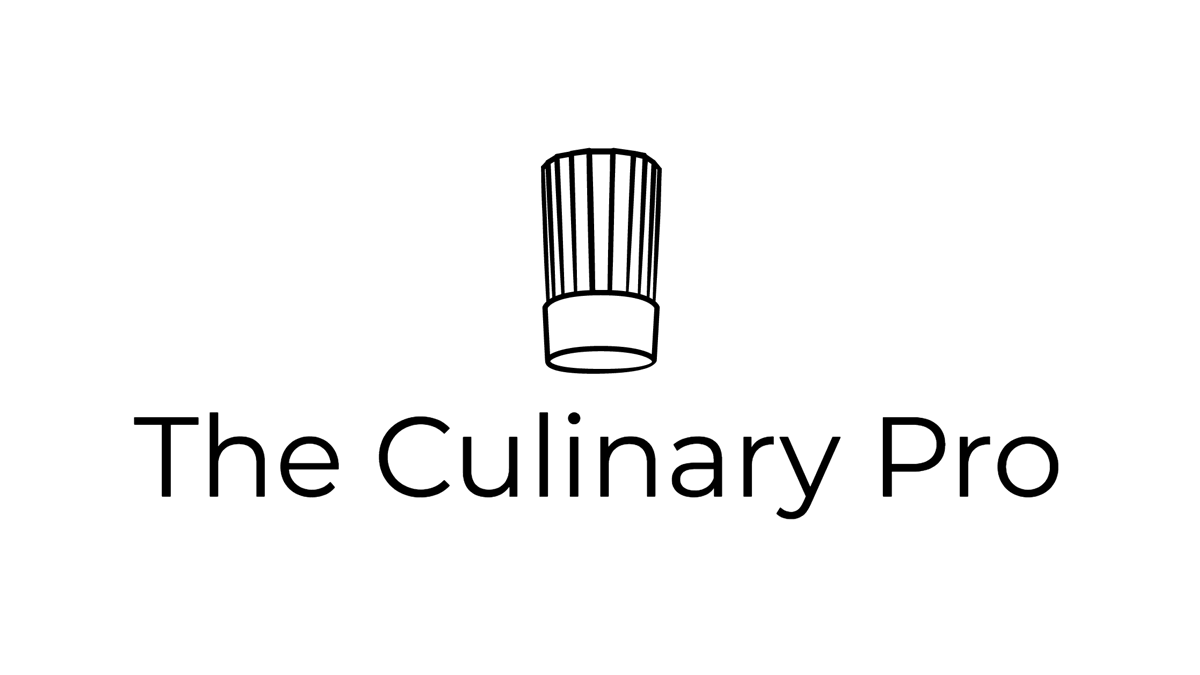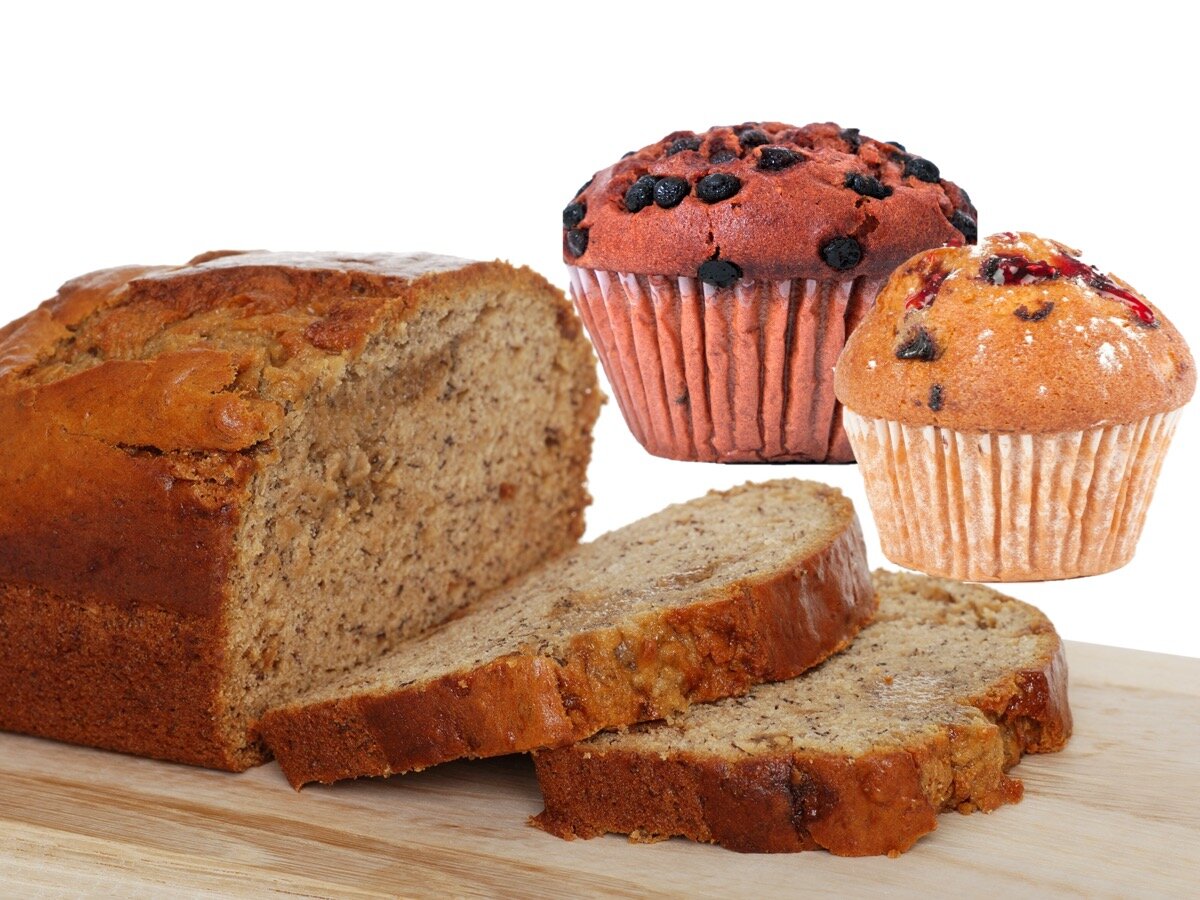Quick Breads
Muffins, coffeecakes, scones, and pancakes are examples of quick breads, that like their name implies, can be prepared quickly in a kitchen. While yeast breads require time to for fermentation, quick breads use chemical leavening agents including baking powder and baking soda, which creates carbon dioxide rapidly and can be mixed and baked in a short amount to time.
Muffin and Quick Bread Ratio of Ingredients
Quick breads are prepared with flour, eggs, sugar, fats and liquids including milk, buttermilk, or sour cream, and each plays a part in the overall texture and flavor of the finished product. Flour adds structure to the bread but the batter must be mixed minimally so that the gluten structure doesn’t develop too much. Fats are added for richness and flavor, and when creamed with sugar, they trap air creating lightness in the batter. Sugar, in addition to its interaction with fats, adds flavor, color, and aids in the tenderization of the batter. Eggs provide structure and act as an emulsifier by surrounding fat particles and helping trap air contributing lightness and volume. Eggs also add moisture, color, and flavor to the batter. Liquids moisten the batter, activate gluten in the flour, and help to dissolve the sugars. Liquids include milk, buttermilk, sour cream, juice, or fruit purees. Baking powder and baking soda are leavening agents that give the bread height and lift. When working with baking soda, it requires an acid, such as lemon juice or buttermilk, to activate the carbon dioxide. Add ins can include diced or pureed fruits or vegetables, nuts, chocolate, and spices. Molasses, honey, and other sweeteners can be substituted for the sugar. Cornmeal, whole wheat, or gluten-free flours can be exchanged for the white flour.
Quick breads are prepared by the blending-, creaming-, or biscuit-method which determines the final texture and crumb of the finished product. The blending-method, also known as the muffin-method, combines the wet ingredients in one bowl and dry ingredients in a second bowl before mixing together. In addition to muffins, this method is used for preparing pancakes, crepes, and waffles. The creaming-method combines the fat and sugar which is beaten to add air thereby lightening and increasing the volume. The eggs are emulsified into the creamed fat and sugar, and the dry ingredients are then folded into the batter. This method results in a moist, tender product that is used for muffins and breads. The biscuit-method, also used for scones, is prepared by sifting together the dry ingredients including flour, salt, sugar, and baking powder, the fat is then cut into the dry ingredients, and the mixture is folded together with the liquid producing a dense yet flakey texture.



